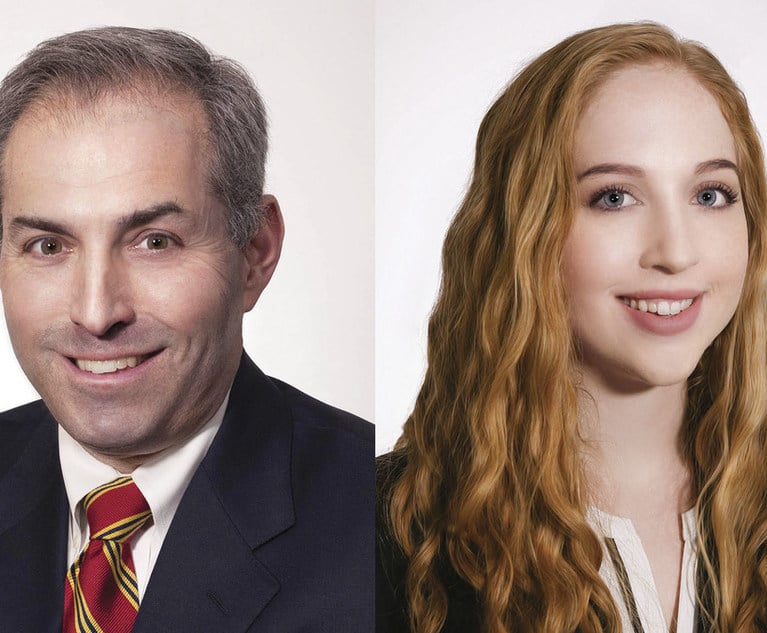From a debtor’s perspective, the automatic stay is one of the Bankruptcy Code’s most important protections, yet creates dangerous minefields for unwary creditors. Housed in Section 362, it imposes the foundational ground rule for bankruptcy proceedings: that, from the moment of filing, creditors cannot take action against the estate or its property to collect pre-petition debts. Not only does it protect the debtor, but it is also intended to foster order and efficiency while the estate is being administered. Thus, given its importance to the bankruptcy process, a recent decision by the U.S. Supreme Court represents a paradigm shift by rejecting the majority view previously adopted by the lower court concerning the scope of the stay. See, City of Chicago, Illinois v. Fulton, No. 19-357, 592 U.S. ___ (U.S. 2021).
In Fulton, the Supreme Court was asked to resolve a split among the circuits over the question of whether a creditor is compelled by Section 362(a)(3) to immediately return, after filing, estate property that it merely holds. Ruling 8-0, with recently appointed Justice Amy Coney Barrett taking no part in the case, the court reversed the U.S. Court of Appeals for the Seventh Circuit and held, contrary to the majority rule previously followed around the country, that such retention itself after bankruptcy does not violate the automatic stay. Justice Samuel Alito authored the unanimous opinion, while Justice Sonia Sotomayor penned a separate concurrence.


 Patrick M. Ryan,left, and Francis J. Lawall,right, of Troutman Pepper Hamilton Sanders. Courtesy photos
Patrick M. Ryan,left, and Francis J. Lawall,right, of Troutman Pepper Hamilton Sanders. Courtesy photos




